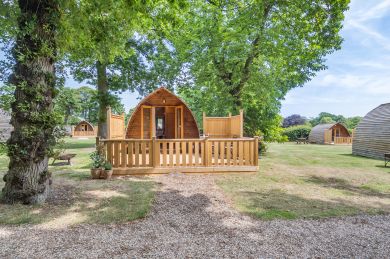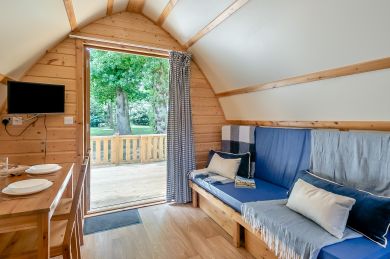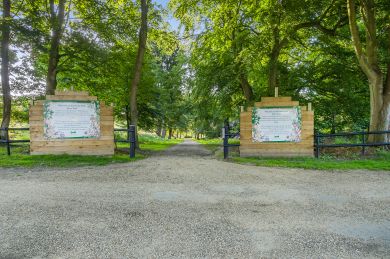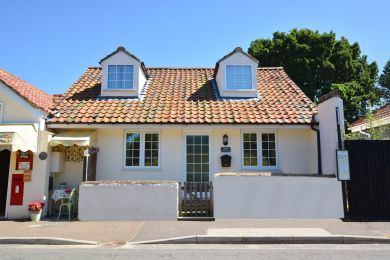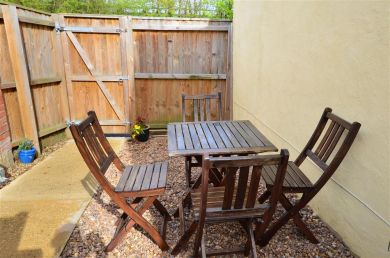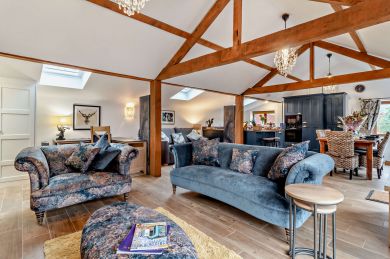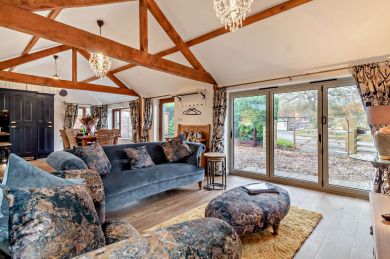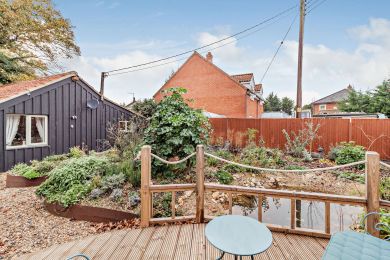Norfolk cottages
£561 - £1,100
£487 - £954
£3,466 - £7,210
£536 - £939
£916 - £1,723
£584 - £979
£976 - £1,972
£907 - £1,037
£523 - £735
£485 - £907
Holiday Cottages in Norfolk
Set on England’s east coast, Norfolk is a relatively quiet county famed for its unspoilt beaches and quaint market towns. However, while Norfolk is certainly a peaceful part of the country, don’t be fooled into thinking that it isn’t a vibrant holiday destination with an exciting selection of places to visit and things to do. When you are planning your next self-catering holiday, take a moment to consider our collection of Norfolk cottages!
With over 90 miles of rugged coastline, Norfolk is a fantastic destination for a traditional seaside holiday, and our coastal cottages offer a unique opportunity to stay by the sea in style. Norfolk is home to a great variety of coastal towns and villages, with locations such as Wells-next-the-Sea, Holt and Cromer proving to be especially popular with holidaymakers. Be sure to stop by for bracing beach walks, local fish and chips, and wonderful views.
Further inland you’ll find attractive settlements such as Reepham, Banningham and Aylsham. The Norfolk countryside shares the coast’s wealth of inviting towns and villages, and you’ll have no problem discovering quaint local shops, unique restaurants and inviting pubs.
The relationship between Norfolk’s coastal and countryside locations is further enhanced by the interconnected inland waterways of the Norfolk Broads. The area was awarded National Park status in 1988 and is now a prime location for riverside walks, sailing, and the preservation of local wildlife. Our selection of cottages near the Norfolk Broads is ideal for exploring this unique landscape at your leisure and discovering the region’s most beautiful scenery. If you are a keen fisherman, Norfolk’s inland waterways, beaches and dedicated fishing lakes all offer fantastic spots for a day’s fishing.
For those looking for a more metropolitan experience without the rush of a big city, Norwich is a fantastic place to visit. The city combines all the major high-street brands and restaurants that you would expect from a larger city with historic winding streets and artisan shops of a bygone era. Norwich is famed for the Lanes shopping district, its imposing castle and cathedral, while the city can be easily reached by car from many of our holiday cottages. If you would like to be near the heart of the action, our properties near Norwich are ideal for a charming city break.
With a fantastic collection of self-catering holiday cottages in Norfolk, our properties offer a unique opportunity to explore everything the region has to offer. Whether you are planning a romantic getaway for two or a fun-packed family holiday, there are properties to suit all occasions. If you are travelling with dogs, be sure to consider our pet-friendly cottages in Norfolk to ensure that every member of your family can get in on the action.
For those travelling as part of a group, why not take a look at our larger holiday homes in Norfolk? These properties are the perfect venue for a family get-together or special event.
For a Norfolk holiday that’s even more memorable, be sure to explore our exclusive luxury properties. These handpicked cottages often include additional special features such as hot tubs, open fires and fully enclosed gardens so that you can relax in comfort and style. Whether you are planning a weekend break or a luxury getaway, be sure to book your Norfolk holiday cottage today and prepare for a truly one-of-a-kind experience. If you are interested in learning more about what Norfolk has to offer, check out our Norfolk Travel Guide.
